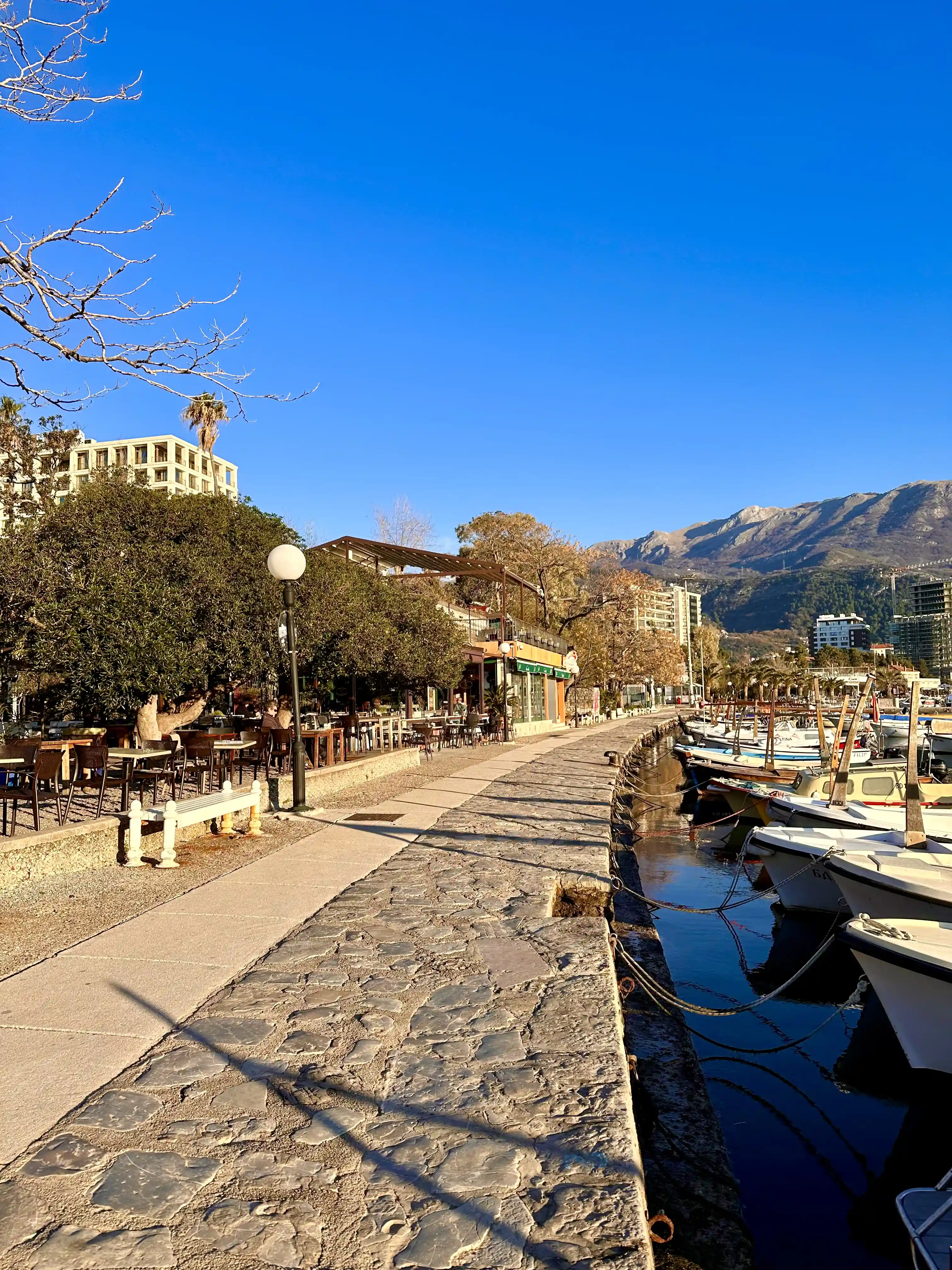Budva, located in Montenegro, exhibits a rich linguistic tapestry reflective of its historical and cultural influences. The primary language spoken in Budva is Montenegrin, which, since Montenegro's independence in 2006, has been recognized as the official language of the country. Montenegrin is closely related to and mutually intelligible with Serbian, Bosnian, and Croatian, all of which are part of the South Slavic language group.

Montenegrin Language and Alphabets
Montenegrin uses both the Cyrillic and Latin alphabets, with the Latin alphabet being more prevalent in everyday use, especially in areas like Budva that have a strong tourism industry. This flexibility in script is a unique characteristic of the Montenegrin language and exemplifies the country's crossroads between Eastern and Western cultural influences.
Historical and Cultural Influences on Budva's Language
The linguistic landscape of Budva is also shaped by its history and geography. Due to centuries of Venetian rule, there are Italian influences in the Montenegrin language, particularly in maritime terms and local dialects. Additionally, Budva's status as a popular tourist destination means that English is widely spoken and understood in the city, especially in the hospitality and service sectors.
Multilingualism and Ethnic Diversity in Montenegro
Besides Montenegrin, other languages recognized in the Montenegrin constitution include Serbian, Bosnian, Albanian, and Croatian. These languages are spoken by different ethnic groups within Montenegro and reflect the country's diverse ethnic composition.
Language Education in Montenegro
In educational settings, Montenegrin is the medium of instruction, but due to the close linguistic relationships with Serbian, Bosnian, and Croatian, there is a high degree of mutual understanding and communication among speakers of these languages. The educational system also places emphasis on learning foreign languages, with English being the most commonly taught, followed by other European languages such as German, French, and Italian.
Conclusion: Budva's Linguistic Identity
In summary, the language of Budva is predominantly Montenegrin, a South Slavic language that shares close ties with Serbian, Bosnian, and Croatian. The use of both Cyrillic and Latin alphabets, along with influences from Italian and the widespread understanding of English, reflects Budva's rich cultural heritage and its role as a cosmopolitan tourist hub in Montenegro.































































































































